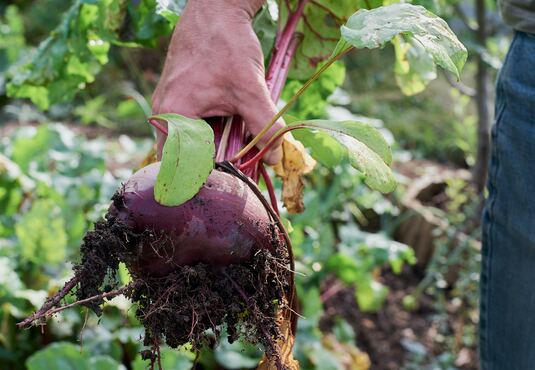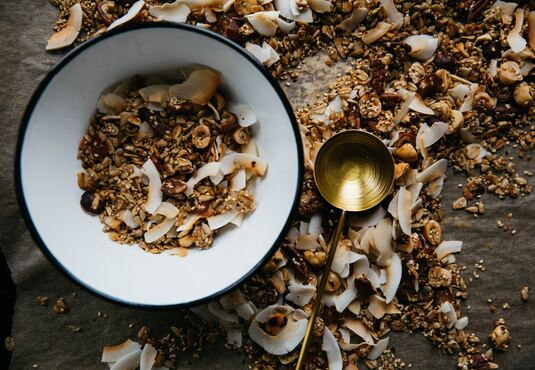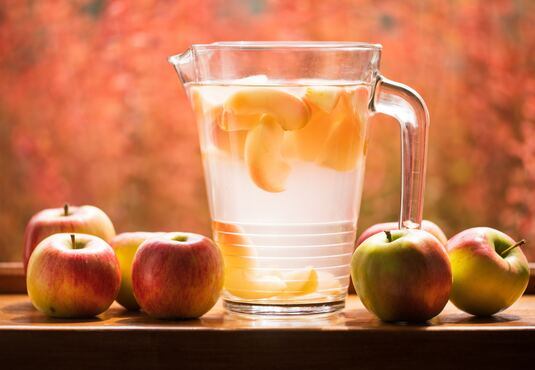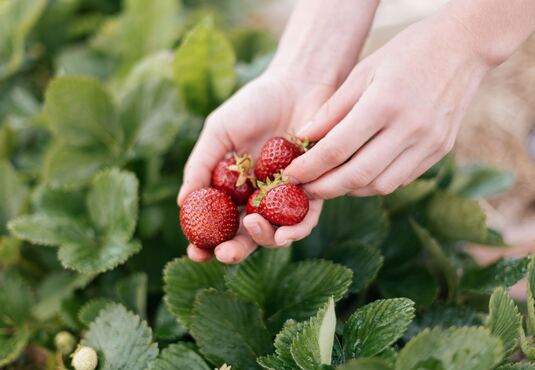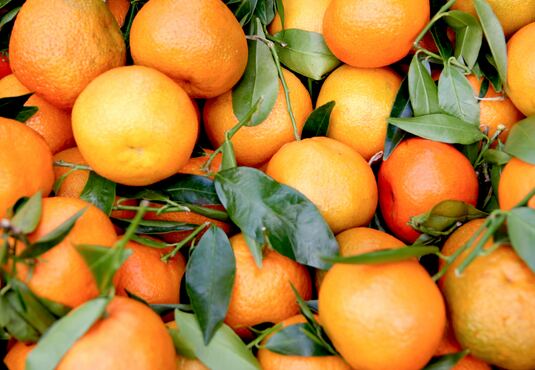
Dates and figs as nutrient-rich sugar alternatives
Dates originate from the Persian Gulf. They grow on the date palm and need a lot of sun. Therefore, they are mainly imported from countries such as Egypt, Iran, Saudi Arabia, Tunisia, Morocco and Algeria. There are different types of dates. Very popular is currently the Medjool date, also called king date. It is larger than other varieties and has a particularly soft pulp, the sweetness of which is often compared to honey or caramel.
Figs are probably the oldest cultivated plant in the world. Botanically speaking, they belong to the pseudo-fruits, because the individual seeds inside the fig are actually the actual fruits. Originally, the fig comes from the Orient. Meanwhile, however, it is mainly grown in the Mediterranean, the Middle East, California or Australia. When fresh, figs are very sensitive and spoil quickly.
Drying is already a tried and tested method to preserve fruit. Water is removed from the fruits, which inhibits the growth of bacteria. While the weight is reduced by the evaporated water, the energy and sugar content remain the same. Consequently, dried fruit has a higher energy density and a higher sugar content than fresh fruit.
That's how healthy they are
Dried dates and figs are full of valuable nutrients, because many vitamins, minerals and phytochemicals are retained during drying. As with the sugar content, their concentration is often even higher than in the fresh fruit.
- While the vitamin C contained in fresh dates and figs is largely destroyed during drying, unsulphured dried fruits in particular still contain a number of B vitamins that are important for the metabolism and the nervous system, among other things.
- In contrast to vitamins, minerals are relatively insensitive to heat, light or oxygen. Therefore, dried dates and figs also have a high mineral content. For example, it contains significant amounts of potassium, calcium, magnesium, iron and phosphorus, all of which perform important functions in the body.In contrast to vitamins, minerals are relatively insensitive to heat, light or oxygen. Therefore, dried dates and figs also have a high mineral content. For example, it contains significant amounts of potassium, calcium, magnesium, iron and phosphorus, all of which perform important functions in the body.
- Dried dates and figs are also rich in various phytochemicals such as polyphenols. The positive effects of secondary plant substances, of which up to 10,000 different ones occur in our food, have only become increasingly aware in recent years.
More and more study results confirm their antioxidant, anti-inflammatory or antihypertensive effect, so that they can protect against certain cancer or cardiovascular diseases, among other things. - Fruit is generally regarded as a source of fibre. This applies to both fresh and dried fruits. Fiber has a positive effect on digestion and ensures a slower increase in blood sugar levels as well as better satiety.
Recommendations for everyday life
Due to their high sugar and calorie content, dried fruits should only be consumed in moderation, but they are perfect as valuable sources of energy, especially during strenuous activities such as a ski tour or an extended toboggan afternoon.
Here we have another lightning recipe for cookies sweetened exclusively with dates:
Oatmeal Almond Butter Biscuits:
150 g oatmeal
150 g almond butter
250 g dates
1 tsp cinnamon
1 pinch of salt
Mix all ingredients until a malleable, but still somewhat coarse mass is formed. Then form talers and place on a baking tray. Bake for 8-10 minutes at 180 degrees top and bottom heat, let cool and enjoy.





